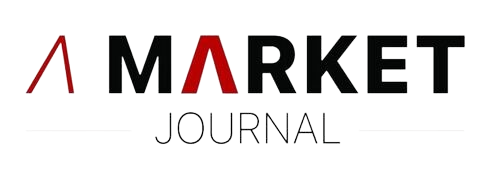Creating a symbol that instantly sums up a brand can be a daunting task, both from a design and technical perspective. Discover an overview and advice on how to expand your skills as a logo designer.
How to distill the brand spirit
Even a moderately successful logo can tell you a lot about a brand at first glance.
What makes a great logo?
A professional logo must reflect the mission, values and spirit of the company. Asking these things should be an early part of a designer’s process when creating a custom logo. Knowing the client or company is the first step to creating the perfect logo for them.
Discover their story and tell it with a single character.
“You’re a commercial artist there to serve the demands of the business,” says Todd. “The person hiring you has a vision that you’re trying to make happen. Sometimes you can give them something that surprises them, but you don’t want to give them something that goes against the story they’re trying to tell.”
Tips for improving your logo designs
One of his favorite methods for perfecting a logo concept is to bend, shape and distort text using the curvature tools. Using a Bézier curve, designers can create clean arcs based on fixed points. “It opens up a whole new path for fonts and logo design,” he says.
Learn the basics of creating curves.
Learn how to create curves using lines, text, or images using Illustrator’s curve tools.
Todd also emphasizes that knowing your tools is essential to creating good logos. He has spent over ten years perfecting his illustration skills. “Get to know your tools like you’re a carpenter,” he says, suggesting that designers spend time experimenting with the full range of tools in Illustrator.
Get started with Illustrator tools.
Improve your understanding of Illustrator’s toolset to help you on your logo creation journey.
He also noted that while there are no hard and fast rules in design, new designers should take the time to learn the ropes. “You need a good foundation in the basics before you start trying to break the rules,” says Todd.
If you are finding for a logo design at Toronto that will design a logo for you can contact LetzMarket for professional logo design.
With regard to logo details and legibility.
The task of the logo is to be instantly recognisable. Readability is key, so beware of over-the-top design. “Show it to people who aren’t designers,” says Presler. “Show it to mom, dad, or a neighbor. Something can look great, but if no one can read what it says, you need to rethink your approach.”
“Show it to people who aren’t designers. Show it to mom, dad, or a neighbor. Something can look great, but if no one can read what it says, you need to rethink your approach.”
Typically, logos should not look like coats of arms, government seals, or archaic devices. There’s a good reason Cadillac’s logo went from looking like an ornate crest to a more stylized striped shield: a crest with lots of indecipherable bits makes you squint to find the details. The logo, where these details have been simplified to their essence, more directly conveys a sense of brand identity.
Simplicity is difficult. Alyssa Newman, who is also a digital painter, acknowledges that it can be very difficult for artists and designers with a passion for detail to stick to simple design elements. “I ask, ‘How can I effectively convey this badge, icon, or logo with really basic shapes?'” The art of creating a beautiful logo is found where simplicity meets creativity.
LetzMarket can also provide the service of product photography Toronto at n affordable price. So you will get the total branding for your company.
How vectors facilitate scaling.
Logos need to look good when enlarged, reduced or reproduced on different surfaces such as business cards, letterheads, company cars. They need to work in color, black and white and gray scale. Vectors are a useful tool for scaling to meet these different needs.
“Instead of a fixed number of pixels, vectors are based on grid points,” explains Todd. “This makes them infinitely scalable, and the vector file will look the same whether it’s printed on a business card or a billboard. For logo designers, this is a great way to avoid resolution issues and make your company logo more adaptable.”
Exploring iconic logos.
Clients usually want eye-catching, unique logos that will set them apart from the crowd. To achieve this, Todd recommends not just following logo design trends and warns against some fonts that have been overexposed.
To avoid repetition and help your client stand out, don’t be afraid to be unconventional. A creative logo can be just what the client needs. “Everything has been done before,” says Newman. “When it comes to a minimalistic logo or icon, you also want to keep it as authentic as possible. So don’t be afraid to be a little weird.”
Don’t push yourself to create another instantly recognizable brand icon. The Nike wave, the Apple logo, and the Amazon’s smile—great examples of logo design inspiration—all evoke a very specific feeling. But they only do that because they’ve earned their iconic status over the years by being a smart design that hasn’t had to be replaced when styles change.
A logo may or may not become iconic. This is beyond the designer’s control. What you have control over is readability and usability. To get started on creating a great logo, check out Adobe’s logo design tool.





















